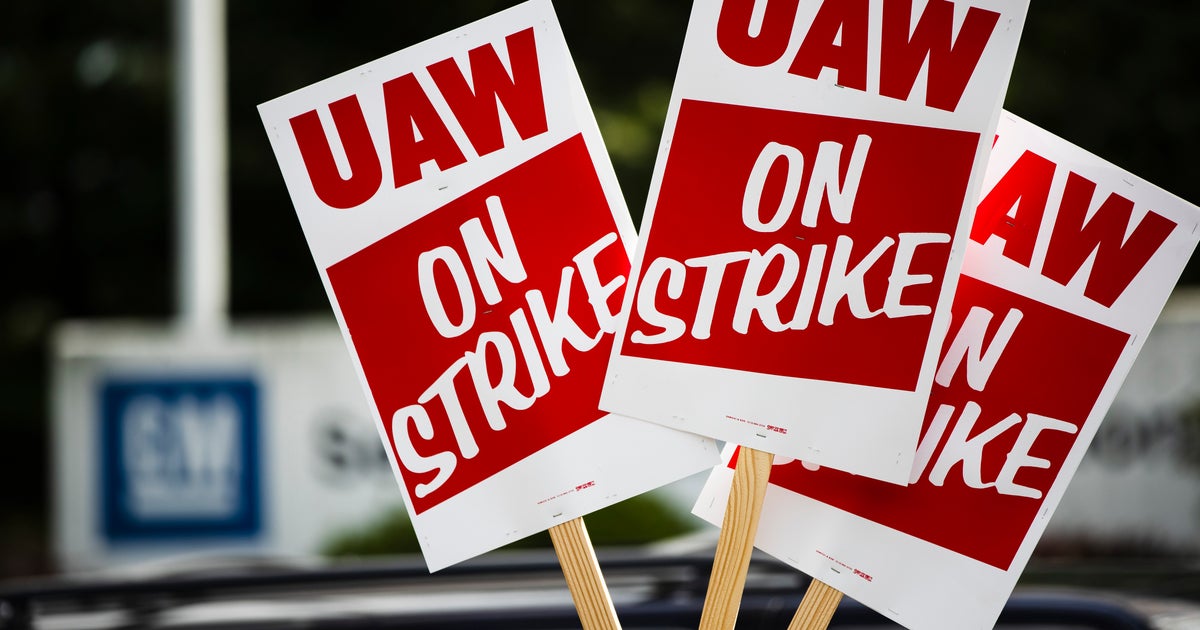U.S. auto workers are on the verge of launching a potential unprecedented strike against the “Big Three” automakers. With the United Auto Workers (UAW) union contracts set to expire at midnight on Friday, negotiations between the union and Ford, General Motors, and Stellantis have reached an impasse. Union president, Shawn Fain, has repeatedly stated that workers are ready to strike if a satisfactory agreement is not reached.
This simultaneous strike at all three companies is a departure from the UAW’s past strategy and raises the stakes in both political and economic terms for the major manufacturing sector, which is now transitioning to electric vehicles. Given the limited time remaining and the strong stance taken by the union’s leadership, many experts believe a work stoppage is increasingly likely.
Marick Masters, a business professor at Wayne State University, explains that the gap between the union and the automakers is too significant to bridge before the September 14 deadline without a major breakthrough. This has led the UAW to abandon its previous target company approach, where negotiations were focused on one company in the hopes of setting a pattern for the others.
Instead, Fain has declared that the union will negotiate with any willing company up until the deadline, and strikes are possible for companies without a settled contract. This shift in strategy allows the union to keep the automakers off balance and present the negotiations as a broader industry fight during a critical period of transition to electric vehicles.
The contract fight is framed as a class struggle between workers who have experienced declining wages and executives with soaring pay packages. The union’s opening demands may seem audacious, but real wages for auto workers have dropped 30% over the past two decades. Fain emphasizes the need for a “just transition” in the industry, as auto companies enjoy profits and move towards producing electric vehicles that may not be built with well-paid union labor.
A concurrent strike at all three automakers would be unprecedented. Coordinating multiple strikes is more challenging, would deplete the union’s strike fund faster, and potentially impact the resolve of workers. It could be more effective for the union to employ targeted work stoppages that disrupt production while keeping many workers employed.
As the expiration of the contracts draws near, the UAW has been mobilizing workers through practice pickets and online town halls. Local UAW chapters have been preparing their members for the possibility of a strike, with a focus on being prepared across the board. The outcome of the negotiations and potential strike remains uncertain, but the UAW is determined to fight for better working conditions and fair wages.
Denial of responsibility! Vigour Times is an automatic aggregator of Global media. In each content, the hyperlink to the primary source is specified. All trademarks belong to their rightful owners, and all materials to their authors. For any complaint, please reach us at – [email protected]. We will take necessary action within 24 hours.


